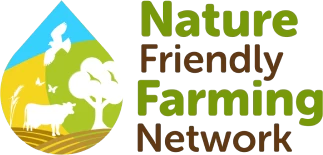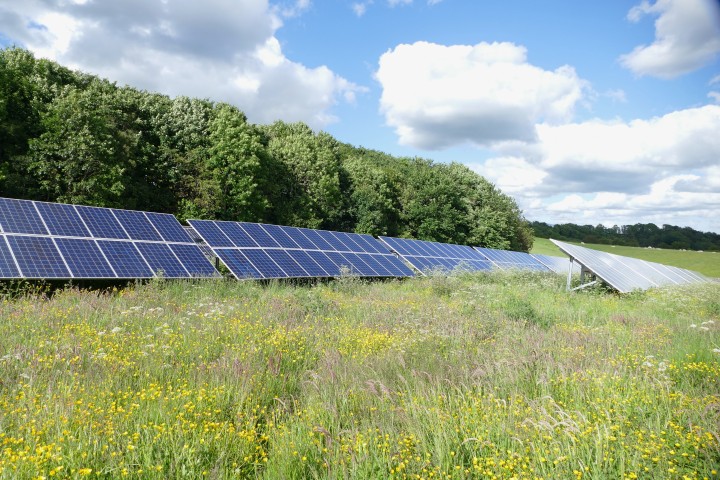Solar panels have recently become a contentious issue in the agricultural sector - particularly in open fields. The idea of integrating them with food production to help farm businesses diversify and increase income has sparked some debate. However, one farm business has demonstrated the benefits – as well as the limitations – of investing in renewable energy.
The Lakes Free Range Egg Co., based in Cumbria, is a large-scale producer of organic and free-range eggs. Its 150-acre home farm alone houses around 90,000 chickens, with additional farms across the Eden Valley also producing eggs in line with the company’s environmental ethos. To support natural behaviours, trees and native shrubs have been planted, providing the hens with a more comfortable outdoor environment.
For CEO David Brass, reducing energy costs became a key priority as the business expanded - alongside maintaining the highest animal welfare standards and cutting emissions. This led him to explore and ultimately adopt large-scale solar panel installations to power the company’s operations.
The basics - How the Lakes Free Range Egg Co. uses solar panels
David’s first move into solar power was to install panels on the roofs of the chicken sheds. Initially, he installed around 50kW of capacity, doubling it a few years later.
At the home farm, roof space for solar panels had already been maximised, so David’s next step was to look at installing them in the fields. His solution was to mount the panels at least a metre off the ground at an angle of around 35 degrees.



